Overview
As a leading corporation in the domestic financial technology industry, Yusys Technologies entered the financial company service field that represents the group's industrial finance, in 2015. After years of efforts, it has gained the ability to serve financial company infrastructure, service groups, and serve upstream and downstream financial technology services in all fields. Among them, infrastructure construction of finance companies includes unified business construction, data construction, and channel construction. Group services take treasury management as the core, covering internal liquidity, unified investment and financing, and risk management, and industry upstream and downstream services include supply chain finance and scenario finance associated with group enterprises.
Yusys Technologies' service positioning for financial companies includes comprehensive solutions, cooperative operation and hosting, and SaaS platform development, operation and maintenance. It can provide an integrated system covering "IT consulting and planning, IT system implementation, IT R&D management, production operation and maintenance, and cloud services".
Yusys Data is a financial cloud service provider with the largest customer base in China. It has all the qualifications for IT custody operation of banking financial institutions. It has provided IaaS, PaaS, and SaaS-level custody operation services for many banks. The IDC computer room in Beijing has a natural territorial regulatory advantage in serving group financial companies of central enterprises and state-owned enterprises.
At present, Yusys Technologies has established in-depth service cooperation with nearly 20 group financial company customers. Recent services pay attention on information planning (including digital transformation and data governance) consulting for the 14th Five-Year Plan, upgrade and reconstruction of the original system of the financial company and new system construction, financial cloud services for financial companies, technology custody services, and operation cooperation for financial companies.
Yusys Technologies' service positioning for financial companies includes comprehensive solutions, cooperative operation and hosting, and SaaS platform development, operation and maintenance. It can provide an integrated system covering "IT consulting and planning, IT system implementation, IT R&D management, production operation and maintenance, and cloud services".
Yusys Data is a financial cloud service provider with the largest customer base in China. It has all the qualifications for IT custody operation of banking financial institutions. It has provided IaaS, PaaS, and SaaS-level custody operation services for many banks. The IDC computer room in Beijing has a natural territorial regulatory advantage in serving group financial companies of central enterprises and state-owned enterprises.
At present, Yusys Technologies has established in-depth service cooperation with nearly 20 group financial company customers. Recent services pay attention on information planning (including digital transformation and data governance) consulting for the 14th Five-Year Plan, upgrade and reconstruction of the original system of the financial company and new system construction, financial cloud services for financial companies, technology custody services, and operation cooperation for financial companies.
Main Cases
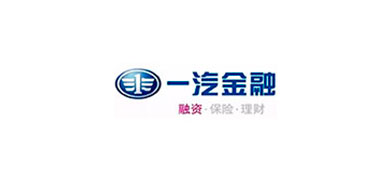
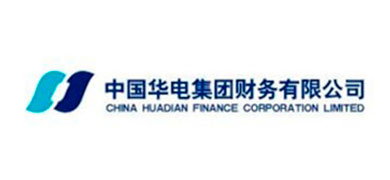
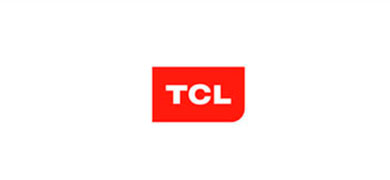
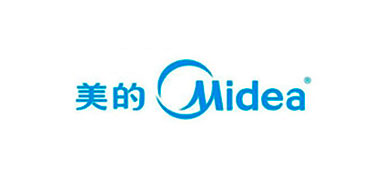
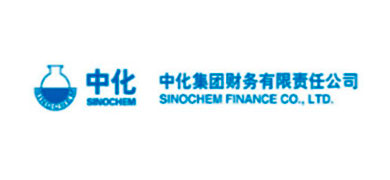
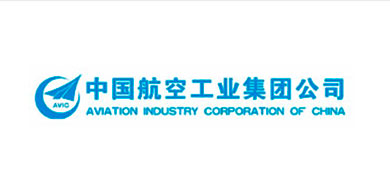
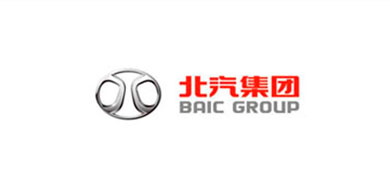
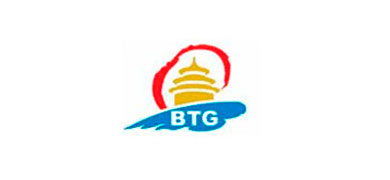
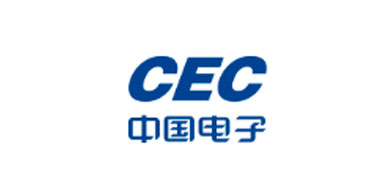
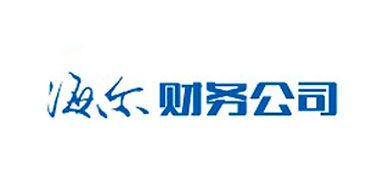
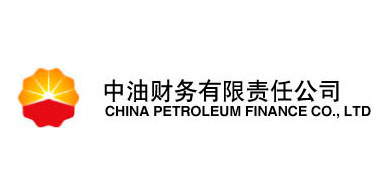
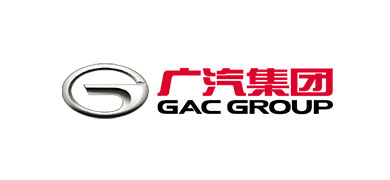
Features
01.
Comprehensive solutions for financial companies
01.
Comprehensive solutions for financial companies
Yusys Technologies provides financial companies with comprehensive information solutions covering the three stages of planning, implementation, and operation. "Planning" is the pre-stage of informatization. It is guided by the overall planning of the group, is based on the status quo, and combines the individual demands of the group and the financial company, to provide targeted and sustainable informatization plans and governance plans. The year 2020 is the preparation stage of the country's 14th Five-Year Plan. Digital transformation, data governance, and IT governance are the key focus of the recent informatization planning of groups and financial companies. "Implementation" is the execution stage of informatization construction. Yusys Technologies provides distributed product components covering financial company applications, group treasury applications, financial sharing center applications, and integrated data applications, based on unified technical standards and management mechanisms. A path is created in an orderly manner to supplement and replace the original group and financial department applications, and solve the problem of excessive fragmentation caused by "silos" or excessive concentration caused by "large cores". "Operation" refers to the stage of in-depth cooperation between Yusys and customers around the operation and service after the phase-wise IT development project is put into production. The cooperation includes system custody leveraging Yusys Financial Cloud, scientific and technological function custody leveraging Yusys’ professional team, and joint innovation oriented toward group industry chains.
02.
Distributed product system
02.
Distributed product system
Channel layer (Human-computer interaction)
1. The internal online banking channel of the financial department: for group and financial company users, the function focuses on supervision and management, and can provide business monitoring, management of driving positions, report analysis, financial department counters, online banking internal management, and special business management and control. It supports channel integration and realizes information isolation and operation isolation between users through unified authorization.
2. Internal mobile channel of the financial department: The mobile channel supplements the online banking channel, and focuses on instant interaction and quick information services, including customized tools such as mobile phones, Pad , WeChat official accounts, WeChat mini programs, etc.
3. Group employee online banking channel: Provide online transaction and information services to group enterprise users at all levels, including customized channel applications such as corporate online banking, smart customer service, mobile phones, Pad, official accounts, mini programs, etc.
Transaction layer (Business application)
1. Public applications: Provide cross-system and cross-product shared applications, including institutional management, customer management, user management, product management, channel management, customer relationship, account relationship, process authorization, pricing, rule management, and other modular components.
2. Business applications: Provide standard business modules, support on-demand customization, and business scope includes account management, fund settlement, deposit business, credit business, bill business, banking business, inter-bank business, investment business, foreign exchange business, shared business, etc.
3. Integrated services: Provide combined services for group treasurers and industry scenarios. Typical services include centralized capital services, unified settlement services, unified investment and financing services, and customized services around the industry chain and scenarios.
Data layer (Analysis application)
1. Data platform: A unified data integration platform that aggregates financial department data, banks’ financial data, and financial enterprise data, and follows the requirements of data governance standards, to prepare data for supervision, decision-making, and risk applications.
2. Regulatory submission: Provide timely submission of data that meets the requirements of the People's Bank of China, China Banking and Insurance Regulatory Commission, State administration of Foreign Exchange, State-owned Assets Supervision and Administration Commission of the State Council, and the Financial Services Association
3. Decision support: Provide financial dynamic data, multi-dimensional statistical data, report analysis data, asset and debt analysis data, etc. to the group, financial department, and sub-group decision-making level.
4. Risk compliance: Establish a comprehensive risk early warning model in accordance with the requirements of policies and regulations to comprehensively prevent capital risks, liquidity risks, investment and financing risks, and indicator implementation risks.
Basic layer (Technical support)
1. Integrated services: Services provided in cooperation with external manufacturers with professional qualifications, such as: OCR, electronic signature, electronic verification, signature verification, encryption and decryption, certificate services, etc.
2. Tool services: General tool components that are not related with applications, such as: image platform, SMS platform, file transfer, content management, job management, etc.
3. Media services: Services that must be provided by special media, such as fingerprint identification media, certificate storage media, special storage media, print output media, etc.
4. Monitoring services: Monitoring and management applications to ensure normal system operation, such as system monitoring, operation and maintenance monitoring, information security, project management, etc.
Exchange layer (Network connectivity)
1. Application interface: Financial company internal platform, system, product, module, component communication interface standard and connectivity.
2. External interface: Interface standards and connectivity with external commercial banks, regulatory agencies, and financial partners.
3. Financial-enterprise interface: Connect with member enterprise ERP system and financial system dedicated line interface standard and connectivity.
4. Shared interface: Connect the dedicated line interface standard of the group financial sharing center and connectivity.
1. The internal online banking channel of the financial department: for group and financial company users, the function focuses on supervision and management, and can provide business monitoring, management of driving positions, report analysis, financial department counters, online banking internal management, and special business management and control. It supports channel integration and realizes information isolation and operation isolation between users through unified authorization.
2. Internal mobile channel of the financial department: The mobile channel supplements the online banking channel, and focuses on instant interaction and quick information services, including customized tools such as mobile phones, Pad , WeChat official accounts, WeChat mini programs, etc.
3. Group employee online banking channel: Provide online transaction and information services to group enterprise users at all levels, including customized channel applications such as corporate online banking, smart customer service, mobile phones, Pad, official accounts, mini programs, etc.
Transaction layer (Business application)
1. Public applications: Provide cross-system and cross-product shared applications, including institutional management, customer management, user management, product management, channel management, customer relationship, account relationship, process authorization, pricing, rule management, and other modular components.
2. Business applications: Provide standard business modules, support on-demand customization, and business scope includes account management, fund settlement, deposit business, credit business, bill business, banking business, inter-bank business, investment business, foreign exchange business, shared business, etc.
3. Integrated services: Provide combined services for group treasurers and industry scenarios. Typical services include centralized capital services, unified settlement services, unified investment and financing services, and customized services around the industry chain and scenarios.
Data layer (Analysis application)
1. Data platform: A unified data integration platform that aggregates financial department data, banks’ financial data, and financial enterprise data, and follows the requirements of data governance standards, to prepare data for supervision, decision-making, and risk applications.
2. Regulatory submission: Provide timely submission of data that meets the requirements of the People's Bank of China, China Banking and Insurance Regulatory Commission, State administration of Foreign Exchange, State-owned Assets Supervision and Administration Commission of the State Council, and the Financial Services Association
3. Decision support: Provide financial dynamic data, multi-dimensional statistical data, report analysis data, asset and debt analysis data, etc. to the group, financial department, and sub-group decision-making level.
4. Risk compliance: Establish a comprehensive risk early warning model in accordance with the requirements of policies and regulations to comprehensively prevent capital risks, liquidity risks, investment and financing risks, and indicator implementation risks.
Basic layer (Technical support)
1. Integrated services: Services provided in cooperation with external manufacturers with professional qualifications, such as: OCR, electronic signature, electronic verification, signature verification, encryption and decryption, certificate services, etc.
2. Tool services: General tool components that are not related with applications, such as: image platform, SMS platform, file transfer, content management, job management, etc.
3. Media services: Services that must be provided by special media, such as fingerprint identification media, certificate storage media, special storage media, print output media, etc.
4. Monitoring services: Monitoring and management applications to ensure normal system operation, such as system monitoring, operation and maintenance monitoring, information security, project management, etc.
Exchange layer (Network connectivity)
1. Application interface: Financial company internal platform, system, product, module, component communication interface standard and connectivity.
2. External interface: Interface standards and connectivity with external commercial banks, regulatory agencies, and financial partners.
3. Financial-enterprise interface: Connect with member enterprise ERP system and financial system dedicated line interface standard and connectivity.
4. Shared interface: Connect the dedicated line interface standard of the group financial sharing center and connectivity.


